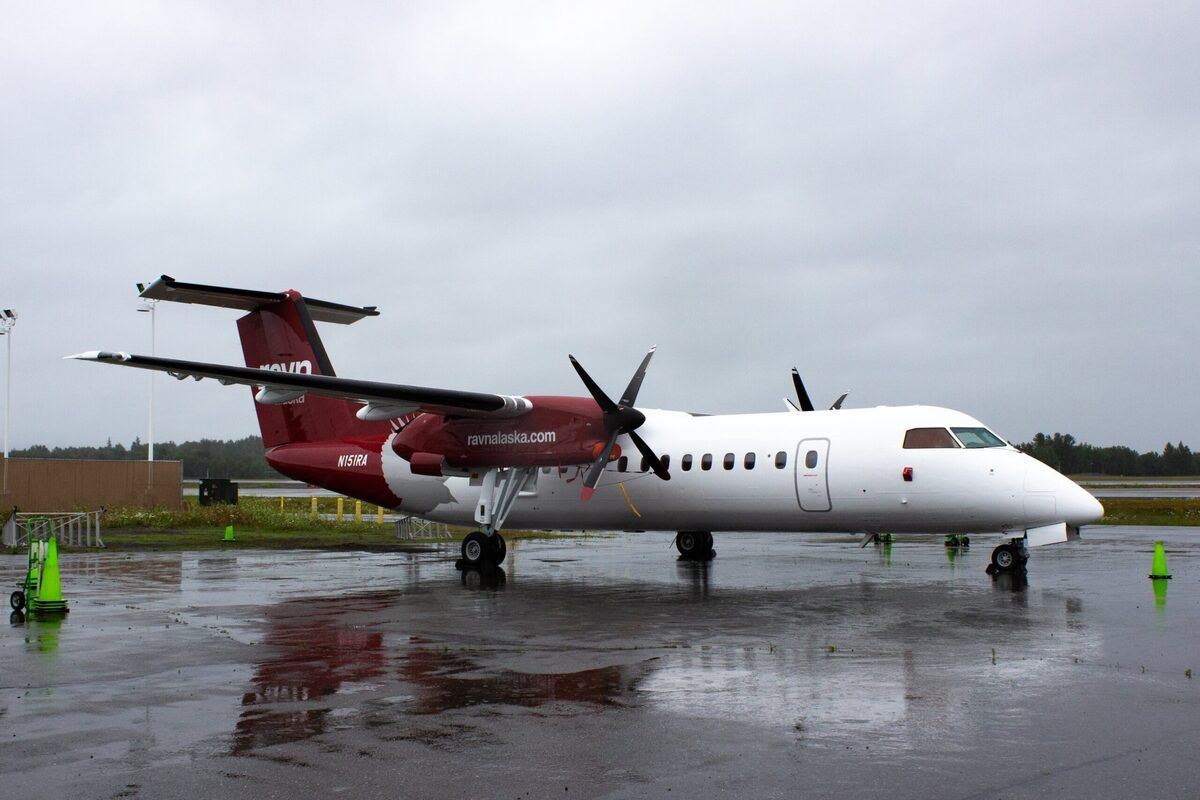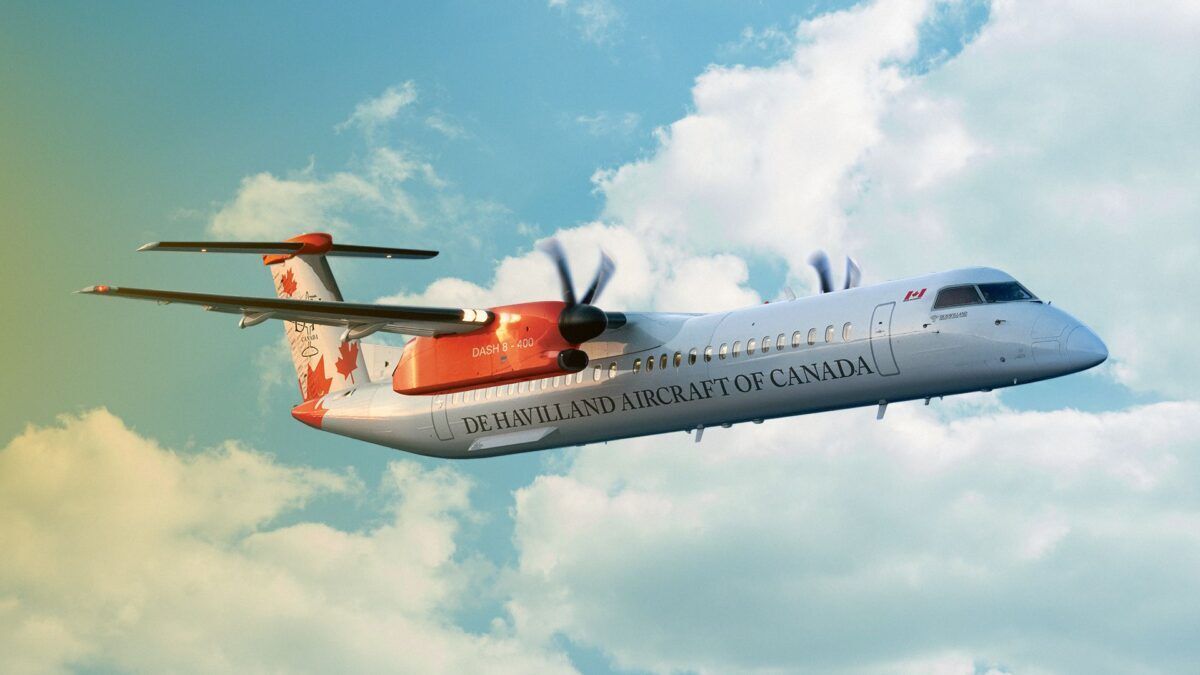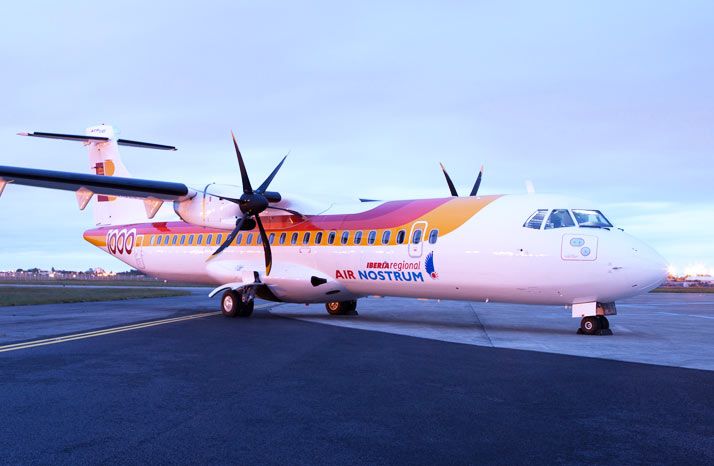California-based startup Universal Hydrogen is planning on making hydrogen-powered commercial flights a reality within the next four years. Ahead of a possible 2022 stockmarket listing, the innovative company intends to use hydrogen to power small regional aircraft.Spurred on by a pledge from Airbus to introduce 100-seat hydrogen-powered aircraft by 2035, company founder Paul Eremenko wants to replace turboprop systems with modular hydrogen capsules. And this is not all pie in the sky, with the Massachusetts Institute of Technology (MIT) graduate having the credentials to back him up. After graduating, Eremenko worked for the following companies:
- DARPA: Deputy Director and Acting Director of the Tactical Technology Office office responsible for the agency's drones, robotics, X-planes, and satellite programs
- Motorola: Vice President of Advanced Technology
- Google: Head of Google's Project Ara, an effort to create an open, modular smartphone platform
- Airbus: CEO of Airbus Group Silicon Valley technology and business innovation center
- United Technologies Corporation: Senior Vice President and Chief Technology Officer
- Universal Hydrogen: Aviation conversion systems for hydrogen fuel cells
The Nespresso capsule of Hydrogyn
In a recent interview carried by newswire service, Reuters Eremenko estimated that the decarbonizing of regional aircraft could be a $2.5 billion market. Universal Hydrogen is just one of several companies looking to decarbonize the aviation industry.
"We are the Nespresso capsule of hydrogen. We don't grow the coffee, and we don't make the coffee-maker," Eremenko told Reuters, referring to the Nestles' coffee pods that revolutionized coffee drinking habits.
To stimulate demand for the coffee pods, the Swiss multinational offered low-cost coffee makers while at the same time encouraging others to build machines for its coffee.
"It is a similar model for us ... Somebody has to build the first coffee maker, and our version of that is to develop a conversion kit and offer that to regional airlines," he said.
The conversion kits will include a fuel cell and an electric powertrain to replace conventional turboprop engines. Eremenko believes that the cost of the kits can be offset against contracts to supply hydrogen fuel via modular capsules.
Stay informed: Sign up for our daily and weekly aviation news digests.
Air Nostrom, Icelandair and Ravn Alaska
So far, things seem to be going to plan with several airlines having ordered kits. According to Reuters, Spanish regional airline and Iberia Express operator, Air Nostrum has ordered 11 kits to convert their ATR 72-600 turboprop airplanes. Alaska regional carrier Ravn Alaska has said it will purchase five conversion kits under a long-term hydrogen fuel supply contract.
Icelandic national flag carrier Icelandair has also expressed an interest in buying conversion kits for its fleet of regional aircraft. Both Icelandair and Ravn Alaska use De Havilland Canada DHC-8 turboprops, which are compatible with ATRs for conversion to hydrogen. Icelandair does, however, have some concerns over how hydrogen systems will be certified.
When speaking about hydrogen-powered aircraft with Reuters, Icelandair Chief Operating Officer Jens Thordarson said:
"At the moment, hydrogen is more expensive. We believe that in the future, when hydrogen is more available, it will become closer to being competitive", adding "governments should also provide support for the zero-emission fuel as there is a good opportunity for Iceland to be an early adopter; of these kinds of technologies."
New infrastructure would be needed
In theory, it sounds as though hydrogen may be the solution to decarbonizing flying as its only waste product is water. Hydrogen also creates three times more mass per unit than jet fuel. However, there is the question as to whether or not hydrogen can be produced in sufficient quantities and at a competitive price without itself having a large carbon footprint.
Storage remains a considerable obstacle to hydrogen-powered aircraft as it needs four times the amount of space that jet fuel requires. This would mean seats being removed to accommodate the tanks. Furthermore, an entirely new infrastructure would need to be built to transport and store hydrogen at airports.
While it all sounds good, there is still a long way to go. What do you think about hydrogen-powered regional aircraft? Please tell us what you think in the comments.



